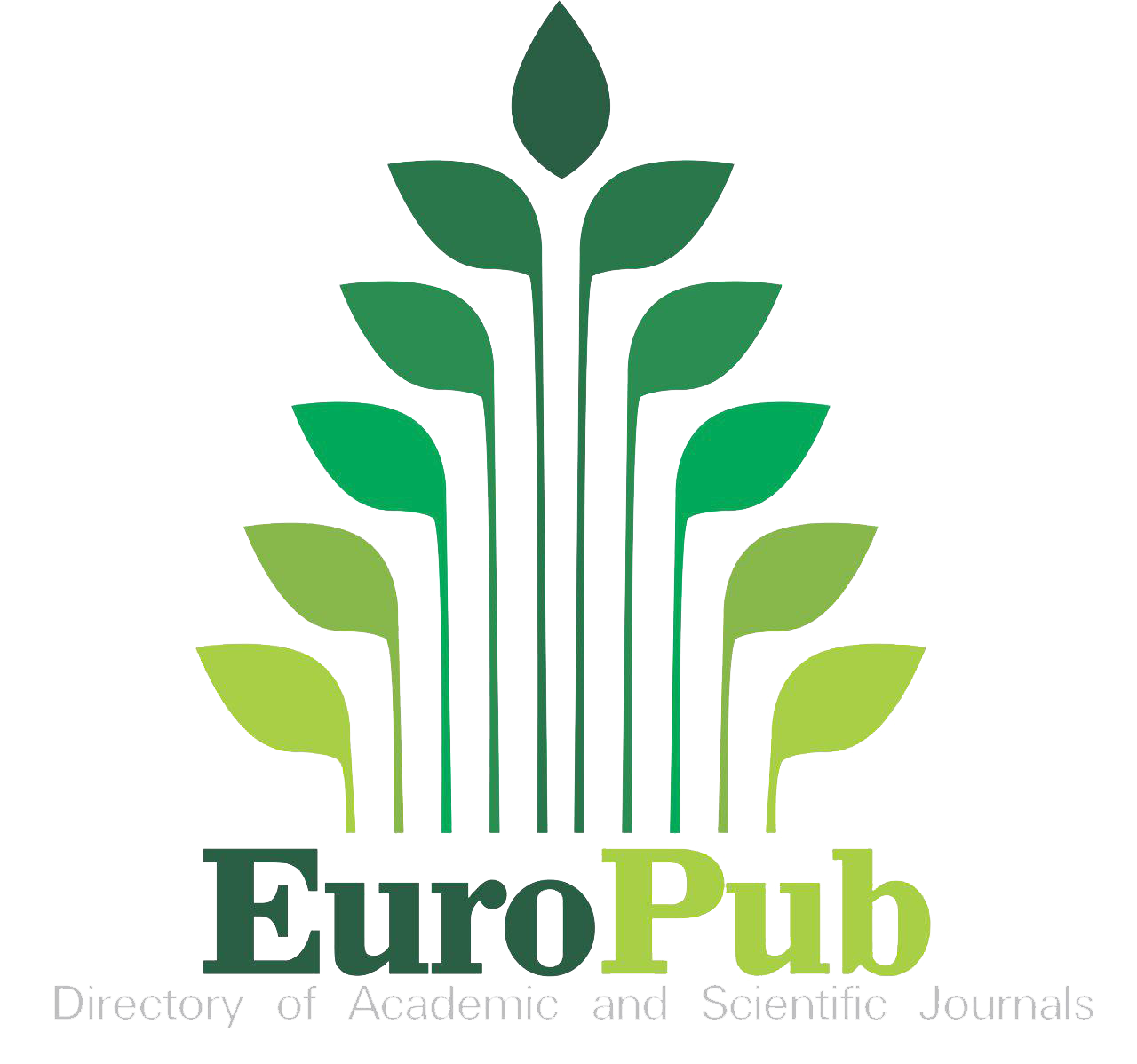PARAMETERS AND MORPHOLOGICAL CHANGES OF ERYTHROCYTES IN COVID-19 SUBJECTS
06.08.2023
International Scientific Journal "Science and Innovation". Series D. Volume 2 Issue 8
Ibadov Raufbek Ravshanovich, Akilov Khabibulla Ataullayevich, Mardonov Jamshid Normurotovich
Abstract. Objective: to assess the morphological abnormalities of red blood cells (RBC) in patients with COVID-19 and cardiovascular system (CVS) pathology.
Material and methods. The study included 142 patients who were divided into 3 groups according to the following principle: combination of COVID-19 and CVS pathology (group 1, n=56); COVID-19 without CVS pathology (group 2, n=44); patients with CVS pathology without COVID-19 (group 3, n=42). Peripheral blood erythrocytes were studied. Morphological studies were carried out in the laboratories of pathological anatomy of the State Institution “RSSPMC for surgery named after V.Vakhidov" and RSH Zangiota-1.
Results. Morphological features of peripheral blood erythrocytes in COVID-19-associated cardiovascular syndrome were revealed, characterized by an increase in the frequency of elevated erythrocyte distribution width (RDW) from 45.5% to 67.9% (p<0.05), and the average RDW from 13.1% (11, 8-15.4%) to 14.3% (12.6-15.8%) (p<0.0001); an increase in the proportion of abnormal forms from 13.6% in the isolated course of COVID-19 to 32.1% in the combination of COVID-19 with cardiovascular pathology (p<0.05), mainly due to ridged erythrocytes from 6.4+0.5% to 8.2+0.6% (p<0.001) and the proportion of irreversible forms of erythrocytes from 1.6+0.1% to 3.1+0.3% (p<0.001) increasing the risk of transferring the patient to the ICU (RR=6.0) and death (RR=4.33). Patients with more than 20% RBC abnormality had a statistically significant higher ICU admission rate (50.0%, 9 of 18; RR=6.0) than patients with less than 10% RBC abnormality (8.33%, 1 of 12, p=0.049), and patients with 10-20% abnormal RBCs (7.7%, 2 of 26, p=0.005).
Conclusion. Patients with COVID-19-associated cardiovascular syndrome have a significant morphological heterogeneity in the shape and size of erythrocytes and their relationship with the progression and outcome of the disease.
Keywords: prospective study, COVID-19, cardiovascular system pathology, red blood cells, morphological abnormalities
References:
1. Vos T., Lim S.S., Abbafati C. Global burden of 369 diseases and injuries in 204 countries and territories, 1990–2019: a systematic analysis for the Global Burden of Disease Study 2019. Lancet. 2020;396:1204–1222
2. World Health Organization. Novel Coronavirus (2019-nCoV). Situation Report22 (11 February 2020). https://www.who.int/docs/defaultsource/coronaviruse/situation-reports/20200211-sitrep-22ncov.pdf?sfvrsn=fb6d49b1_2/
3. Roth GA, Vaduganathan M, Mensah GA. Impact of the COVID-19 Pandemic on Cardiovascular Health in 2020: JACC State-of-the-Art Review. J Am Coll Cardiol. 2022 Aug 9;80(6):631-640. doi: 10.1016/j.jacc.2022.06.008.
4. Vasudeva R, Challa A, Al Rifai M, Polana T, Duran B, Vindhyal M, Lewis EF. Prevalence of cardiovascular diseases in COVID-19 related mortality in the United States. Prog Cardiovasc Dis. 2022 Sep-Oct;74:122-126.
5. Zheng Y-Y, Ma Y-T, Zhang J-Y, Xie X. COVID-19 and the cardiovascular system. Nature Reviews Cardiology. 2020;17(5):259–60. DOI: 10.1038/s41569-020-0360-5
6. Singh M.K., Mobeen A., Chandra A., Joshi S. et al. A meta-analysis of comorbidities in COVID-19: which diseases increase the susceptibility of SARSCoV-2 infection? // Comput. Biol. Med. 2021. Vol. 130.
7. Kingah PL, Luu HN, Volcik KA, Morrison AC, Nettleton JA, Boerwinkle E. Association of NOS3 Glu298Asp SNP with hypertension and possible effect modification of dietary fat intake in the ARIC study. Hypertens Res. 2010;33(2):165-9. doi: 10.1038/hr.2009.198.
8. Farshidfar F., Koleini N., Ardehali H. Cardiovascular complications of COVID-19. JCI Insight. 2021 Jul 8; 6(13): e148980. doi: 10.1172/jci.insight.148980.
9. Han H, Xie L, Liu R, et al. Analysis of heart injury laboratory parameters in 273 COVID-19 patients in one hospital in Wuhan, China. J Med Virol. 2020 Jul;92(7):819-823.
10. Kaur G, Sandeep F, Olayinka O, Gupta G. Morphologic Changes in Circulating Blood Cells of COVID-19 Patients. Cureus. 2021 Feb 18;13(2):e13416. doi: 10.7759/cureus.13416.







